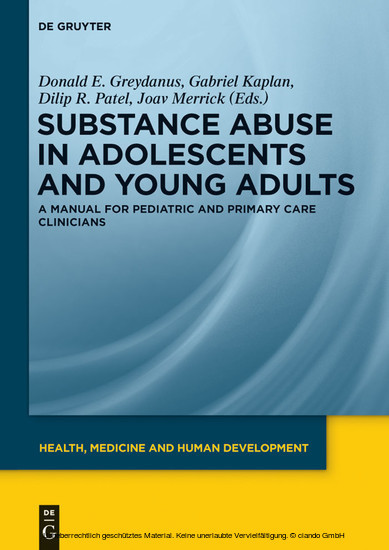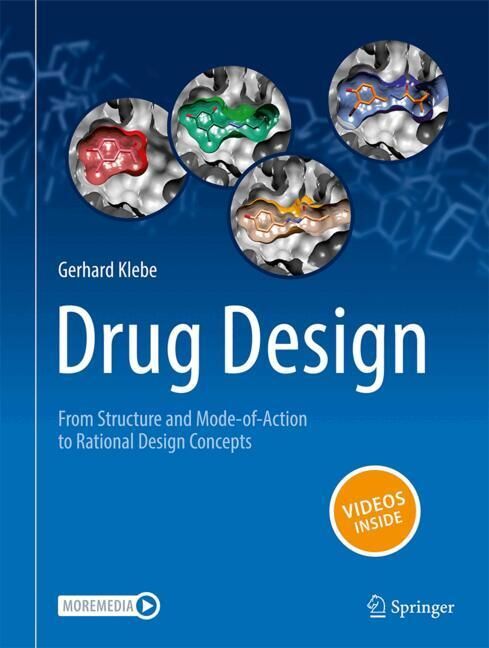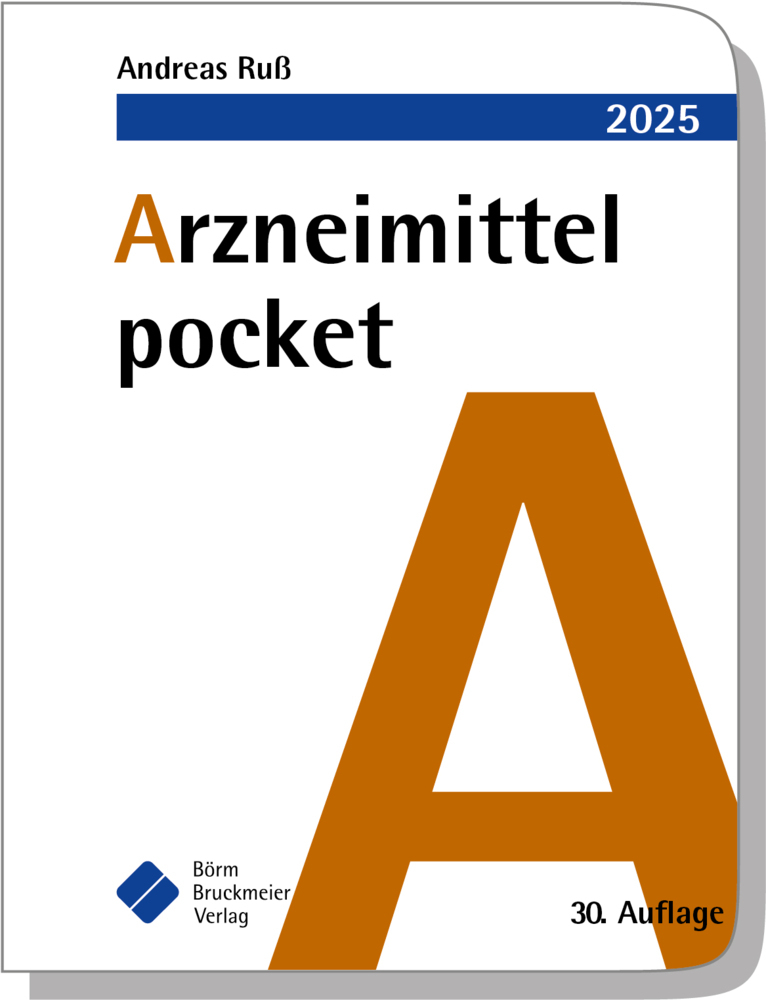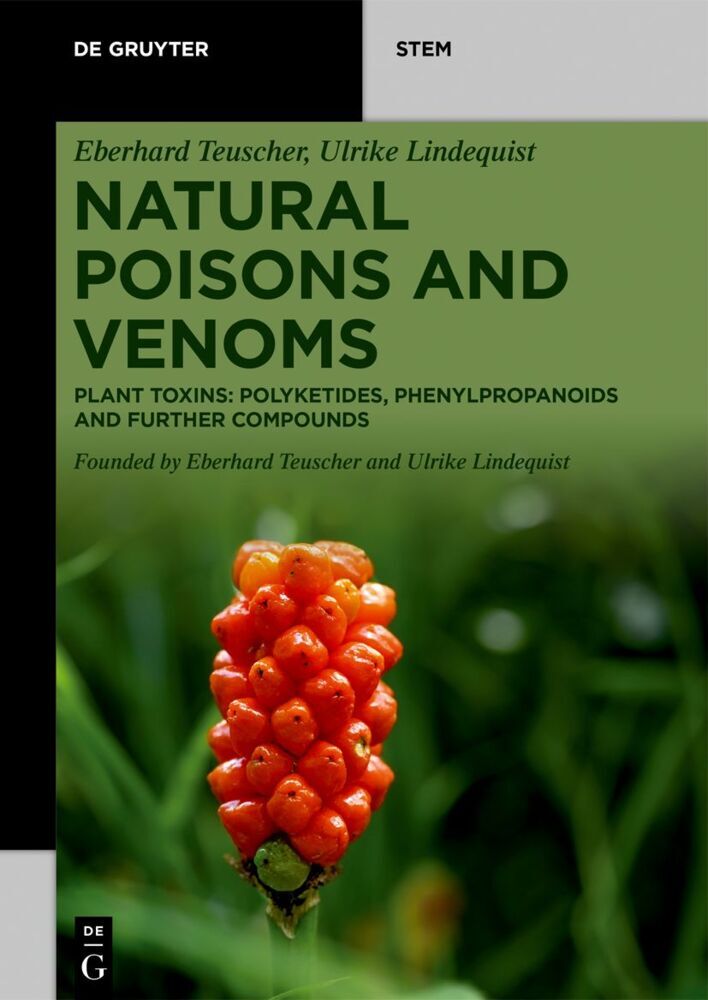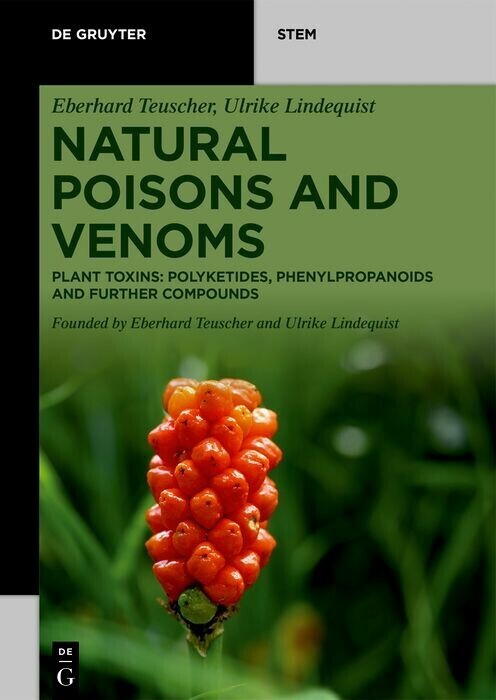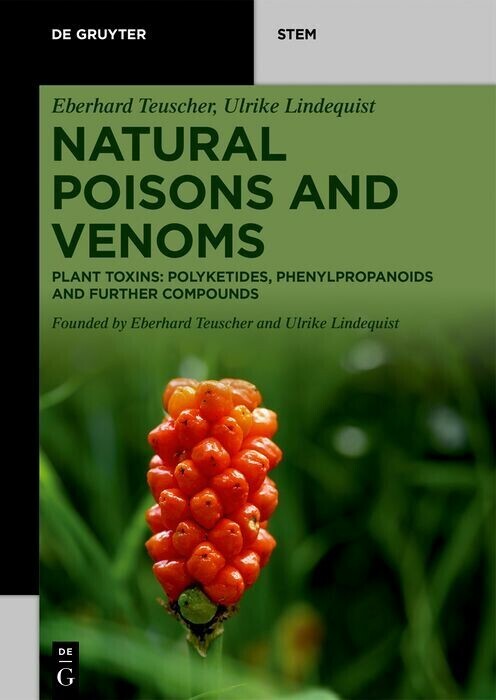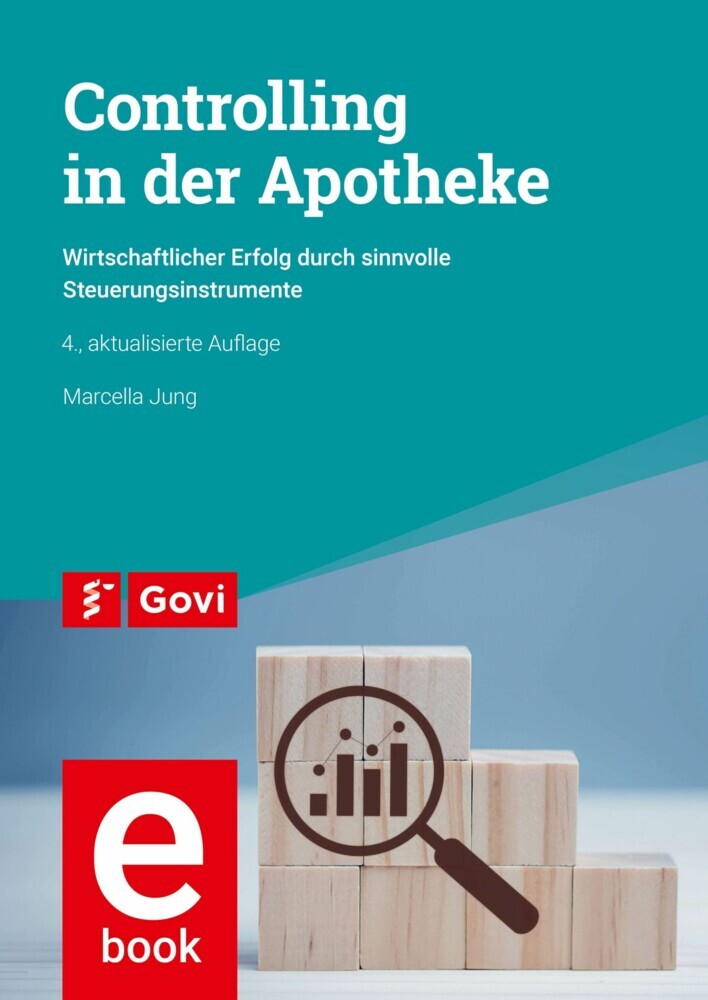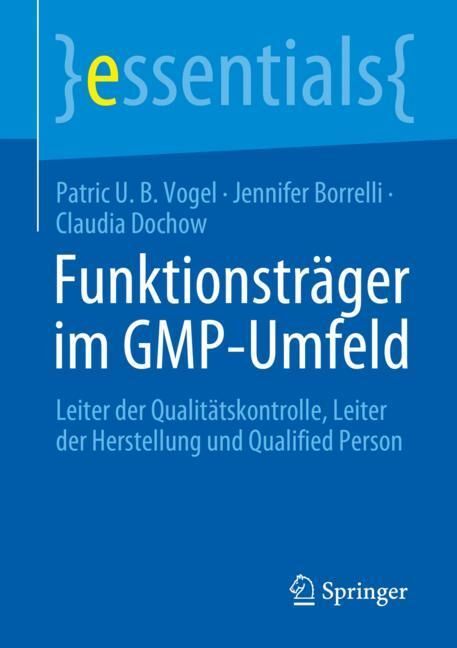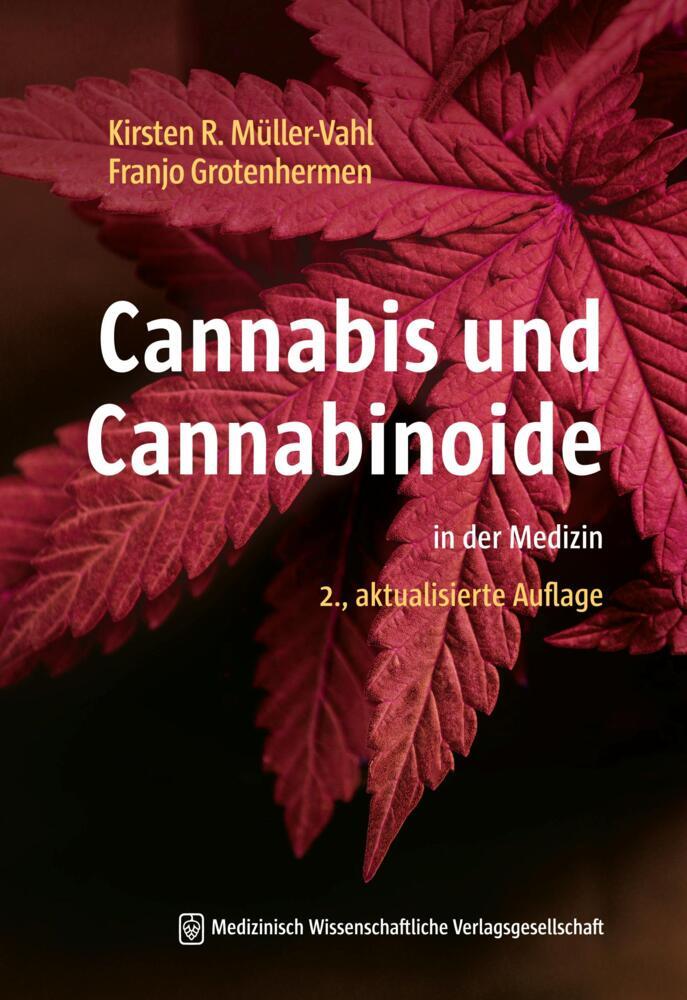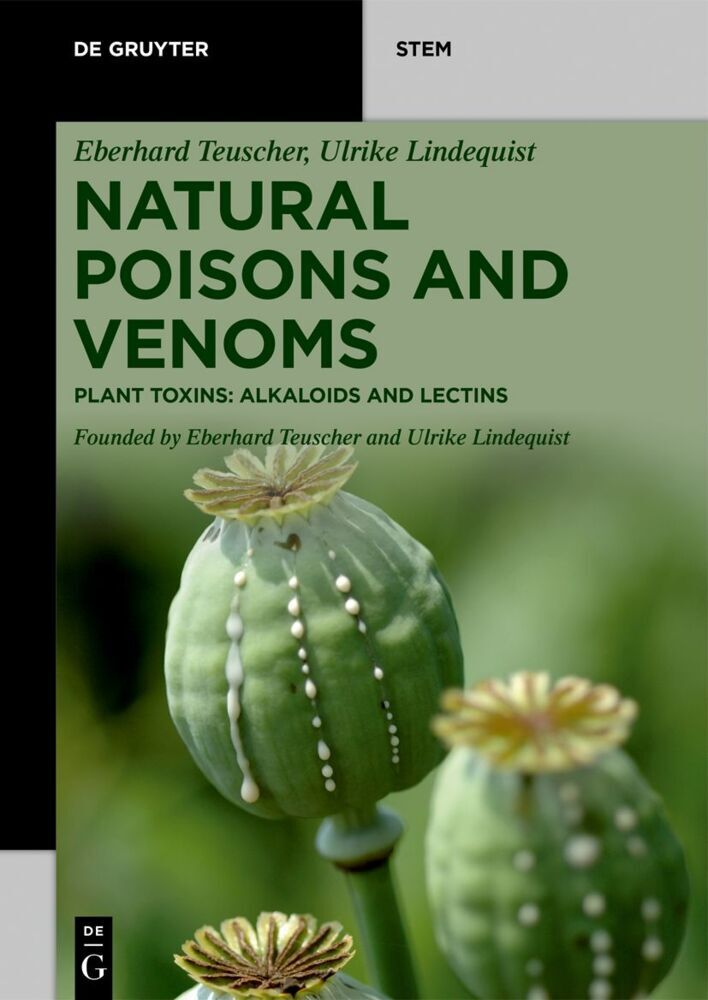Substance Abuse in Adolescents and Young Adults
Substance abuse comprises a global biopsychosocial phenomenon for the world as billions of human beings are experimenting with various illicit chemicals and millions are addicted to various substances. By virtue of their complex nature these disorders can be very difficult to treat and not only complicates the natural course of disease but can also adversely impact long term outcomes. This book is aiming to examine this complex situation in adolescents and young adults and also to provide management plans for clinicians to follow.
The information will be presented in an easy to follow format to be used as a clinical reference by physicians and paramedical staff in various fields of medicine including pediatrics, primary care, internal medicine, psychiatry and others.
1;Author Index;17 2;Foreword;23 3;Abbreviations;25 4;1 Introduction: Substance abuse in adolescents and young adults;29 5;Section I: Etiology and diagnosis;39 5.1;2 Neurobiology of substance use disorders;41 5.1.1;2.1 Introduction;41 5.1.2;2.2 General concepts;41 5.1.2.1;2.2.1 Dopamine;43 5.1.2.2;2.2.2 Serotonin and norepinephrine;45 5.1.2.3;2.2.3 GABA;45 5.1.3;2.3 Neuropharmacology of specific drugs;46 5.1.3.1;2.3.1 Stimulants;46 5.1.3.2;2.3.2 Alcohol;47 5.1.3.3;2.3.3 Opioids;48 5.1.3.4;2.3.4 Nicotine/tobacco;48 5.1.3.5;2.3.5 Cannabinoids;50 5.1.4;2.4 Summary;51 5.2;3 Genetic influences on substance abuse disorders;55 5.2.1;3.1 Introduction;55 5.2.2;3.2 Limitations;56 5.2.3;3.3 Gene classes;57 5.2.4;3.4 Specific addictions;58 5.2.4.1;3.4.1 Alcohol;58 5.2.4.2;3.4.2 Cannabis;59 5.2.4.3;3.4.3 Tobacco;60 5.2.4.4;3.4.4 Others;60 5.2.5;3.5 Epigenetic effects;61 5.2.6;3.6 Complex diseases;62 5.2.7;3.7 Conclusion;62 5.3;4 Essential diagnostic considerations;67 5.3.1;4.1 Introduction;67 5.3.2;4.2 Review of the literature;69 5.3.3;4.3 Epidemiology;69 5.3.4;4.4 Empirical studies of assessment instruments;70 5.3.5;4.5 Comorbidity;71 5.3.6;4.6 Assessment;71 5.3.7;4.7 Screening;73 5.3.8;4.8 Diagnosis;83 5.3.9;4.9 Biochemical testing;85 5.3.10;4.10 Discussion;86 6;Section II: Treatment;89 6.1;5 Psychosocial treatments for substance use disorders;91 6.1.1;5.1 Introduction;91 6.1.2;5.2 Motivational treatments;92 6.1.2.1;5.2.1 Precontemplation stage;92 6.1.2.2;5.2.2 Contemplation stage;93 6.1.2.3;5.2.3 Preparation stage;94 6.1.2.4;5.2.4 Action stage;95 6.1.2.5;5.2.5 Maintenance stage;96 6.1.2.6;5.2.6 Contemplation of relapse;97 6.1.3;5.3 CM and community reinforcement approaches (CRAs);97 6.1.3.1;5.3.1 CM;97 6.1.3.2;5.3.2 CRA;98 6.1.4;5.4 Cognitive behavioral approaches;99 6.1.4.1;5.4.1 Functional analysis;100 6.1.4.2;5.4.2 Drug refusal skills;101 6.1.4.3;5.4.3 RP;101 6.1.5;5.5 Family interventions;102 6.1.5.1;5.5.1 Multidimensional family therapy (MDFT);103 6.1.6;5.6 Conclusion;104 6.2;6 General pharmacotherapy principles;107 6.2.1;6.1 Introduction;107 6.2.2;6.2 Evaluation for pharmacotherapy;107 6.2.3;6.3 When is pharmacotherapy appropriate?;109 6.2.4;6.4 Conclusion;110 6.3;7 Use of pharmacological agents for smoking cessation;113 6.3.1;7.1 Introduction;113 6.3.2;7.2 Epidemiology;113 6.3.3;7.3 Chemistry and pharmacology;115 6.3.4;7.4 Effects on health;117 6.3.5;7.5 Behavioral approaches to smoking cessation;121 6.3.6;7.6 Pharmacological agents;121 6.3.6.1;7.6.1 Varenicline;123 6.3.6.2;7.6.2 Bupropion SR;124 6.3.6.3;7.6.3 Nicotine replacement therapies;125 6.3.6.4;7.6.4 Second-line medications;130 6.3.6.5;7.6.5 Vaccine;131 6.3.6.6;7.6.6 E-cigarettes;131 6.3.7;7.7 Conclusion;132 6.4;8 Marijuana: Current concepts and conundrums;137 6.4.1;8.1 Introduction;137 6.4.1.1;8.1.1 Cannabis sativa plant;137 6.4.1.2;8.1.2 Prevalence;138 6.4.1.3;8.1.3 Cannabis lab testing;145 6.4.2;8.2 Medical adverse effects;146 6.4.2.1;8.2.1 Cannabis hyperemesis;147 6.4.2.2;8.2.2 Dental effects of cannabis;147 6.4.2.3;8.2.3 Pulmonary effects;148 6.4.2.4;8.2.4 Cannabis and cancer;149 6.4.2.5;8.2.5 Cardiovascular effects;149 6.4.2.6;8.2.6 Motor vehicle accidents;150 6.4.2.7;8.2.7 Sports doping;150 6.4.2.8;8.2.8 Adverse effects: Psychiatric;150 6.4.2.9;8.2.9 Management;155 6.4.2.10;8.2.10 Pharmacological therapies;157 6.4.2.11;8.2.11 Cannabis intoxication;158 6.4.2.12;8.2.12 Cannabis withdrawal;158 6.4.3;8.3 Cannabis-associated psychosis;158 6.4.3.1;8.3.1 Cannabis dependence;158 6.4.4;8.4 Summary;160 6.5;9 Primary care management of alcohol use disorders of adolescents and young adults;173 6.5.1;9.1 Introduction;173 6.5.2;9.2 Epidemiology: Drinking patterns and beverage preferences;174 6.5.2.1;9.2.1 Drinking patterns;174 6.5.2.2;9.2.2 Drinking preferences;174 6.5.3;9.3 Confidentiality in primary care;175 6.5.4;9.4 Screening in primary care;176 6.5.4.1;9.4.1 Screening;176 6.5.4.2;9.4.2 Screening tools;177 6.5.5;9.5 Assessment of risk;178 6.5.5.1;9.5.1 Screening the college s
Greydanus, Donald E.
Kaplan, Gabriel
Patel, Dilip R
Merrick, Joav
| ISBN | 9783110311389 |
|---|---|
| Artikelnummer | 9783110311389 |
| Medientyp | E-Book - PDF |
| Copyrightjahr | 2013 |
| Verlag | Walter de Gruyter GmbH & Co.KG |
| Umfang | 429 Seiten |
| Sprache | Englisch |
| Kopierschutz | Digitales Wasserzeichen |

